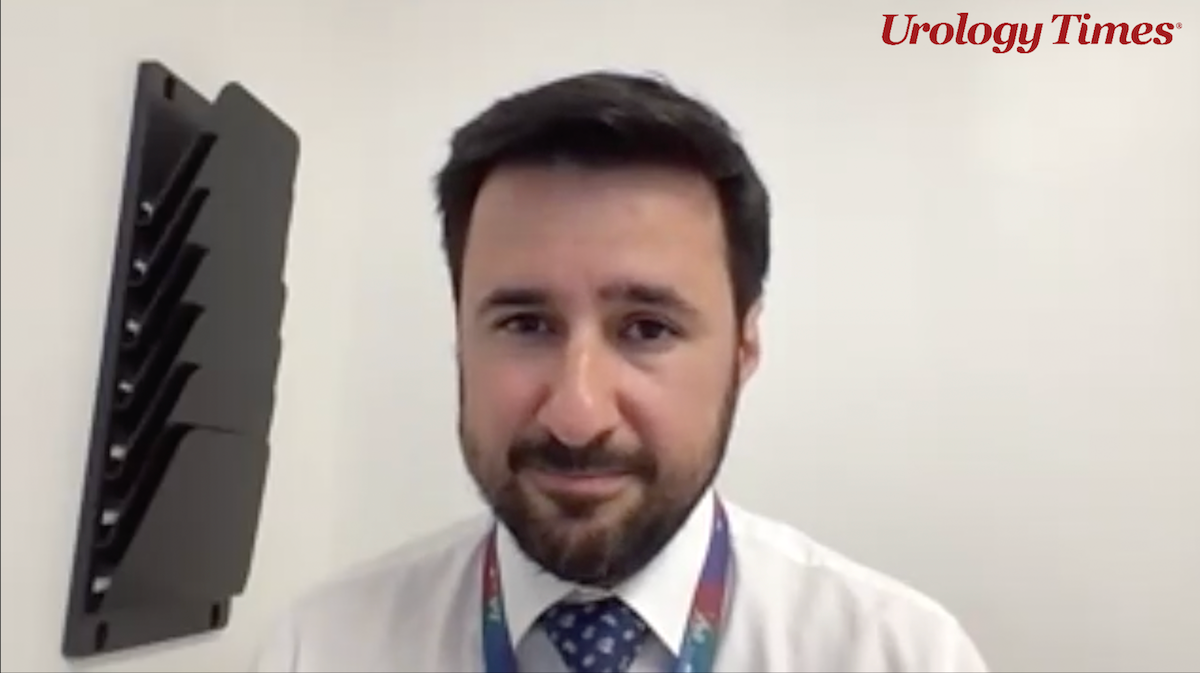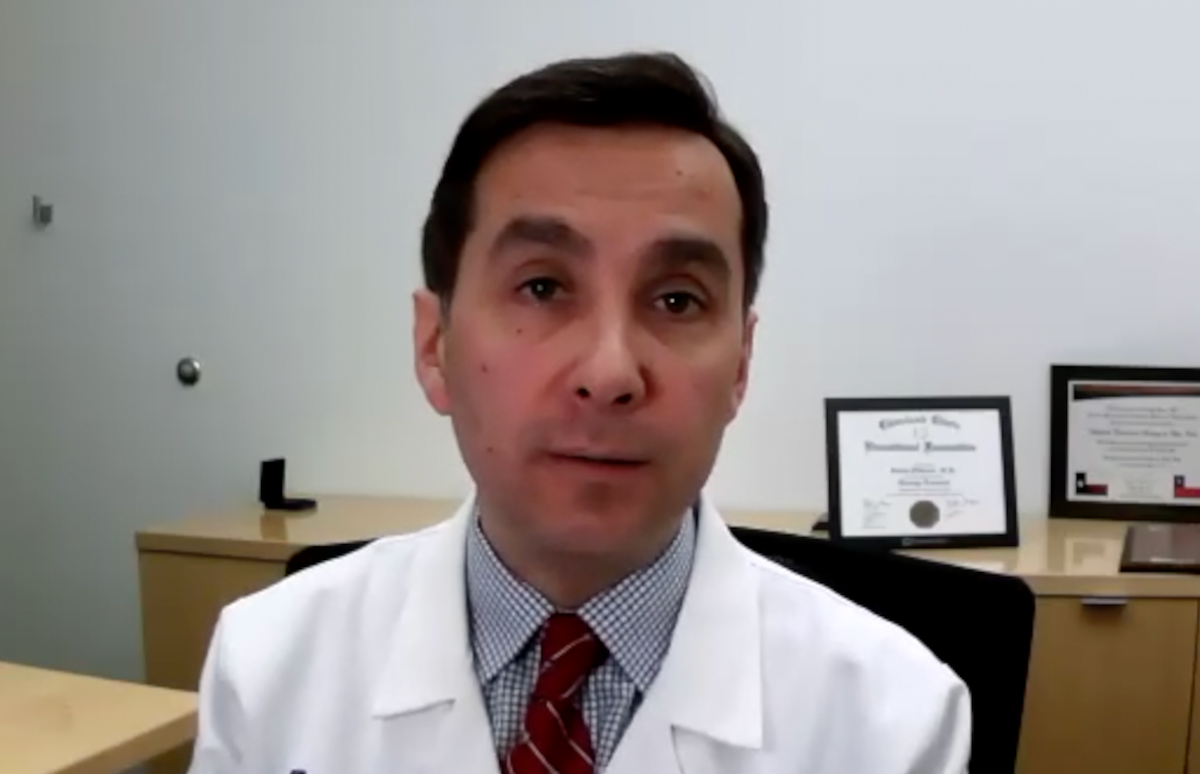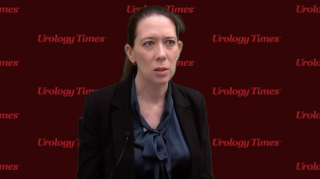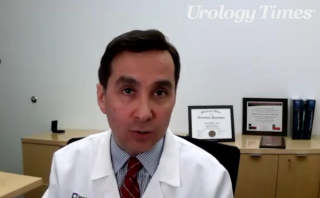
Prostate Cancer
Latest News
Latest Videos

CME Content
More News

Loeb stressed the importance of individualized decision-making based on life expectancy and overall health rather than age alone.
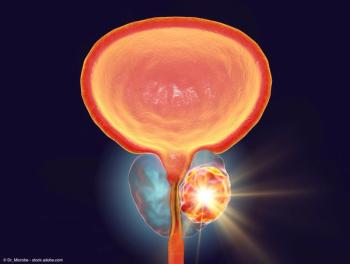
However, this regimen was associated with substantial toxicity, so careful patient selection is paramount, according to the authors.

Explore the complexities of treatment options for metastatic hormone-sensitive prostate cancer, emphasizing shared decision-making and patient considerations.

Research explores the effectiveness of Aerote in treating metastatic hormone-sensitive prostate cancer, focusing on patient subgroups and genetic factors.

“I think the big take-home message is now we've got multiple, multiple drugs showing that we can do significantly better than ADT alone," says Fred Saad, MD, FRCS.

In preclinical studies, ACE-232 demonstrated superior potency, efficacy, and pharmacokinetic properties compared with other CYP11A1 inhibitors.

Data showed a link between counties with higher rectal spacer use and a lower prevalence of ED at 4 to 5 years.

"As clinicians, researchers, and advocates, this moment invites us to reflect on how far we’ve come—and how much further we must go," writes Michael S. Cookson, MD, MMHC, FACS.
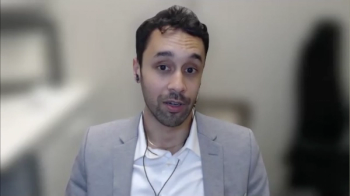
“There are a lot of variables and factors in deciding what might be the entire first-line of therapy," says Adam B. Weiner, MD.

The approval of darolutamide in mCSPC was supported by data from the phase 3 ARANOTE trial.

In 2015, 1245 patients had prostate cancer and had also initiated a GLP-1 or GIP/GLP-1 receptor agonist compared with 69,808 patients in 2024.

Treatment with darolutamide was found to extend median time to deterioration of FACT-P total score by 5.1 months vs placebo

“This was a positive study, resulting in a statistically significant improvement in the primary end point of rPFS in the intent-to-treat population," said Rana R. McKay, MD, FASCO.

The approval is supported by data from the pivotal phase 3 ARANOTE trial.

Clinical benefit rate was observed 5 (27%) patients in cohort 1, 7 (27%) patients in cohort 2, and 2 (11%) patients in cohort 3.

Explore the potential of ultra-low PSA testing in managing metastatic hormone-sensitive prostate cancer, balancing accessibility and cost considerations.

Explore the latest advancements in clinical trials for metastatic hormone-sensitive prostate cancer, focusing on innovative treatments and testing methods.

“As of April 2025, 616 patients have been randomized,” said Alicia Morgans, MD, MPH.
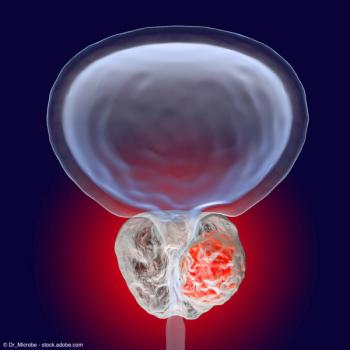
Data also showed a positive trend in overall survival.

“Prior taxanes did not increase reported hematological adverse events during treatment with Ra-223,” the investigators reported.

A recap of the FDA submissions and regulatory decisions in urology from May 2025.

The addition of Ra223 to enzalutamide was associated with a 31% reduction in the risk of progression or death compared with enzalutamide alone.

The trial plans to enroll approximately 70 patients with mCRPC.

Campbell emphasized that although gender representation in medicine is shifting, structural and cultural biases continue to influence academic recognition.

Overall, 59% of patients achieved at least a 50% decline in PSA level.


